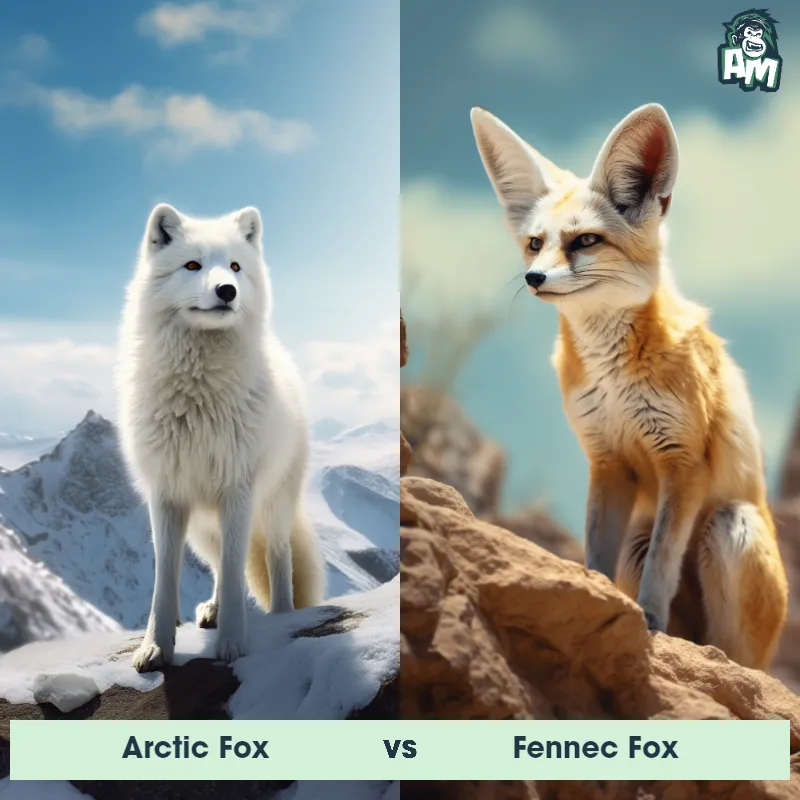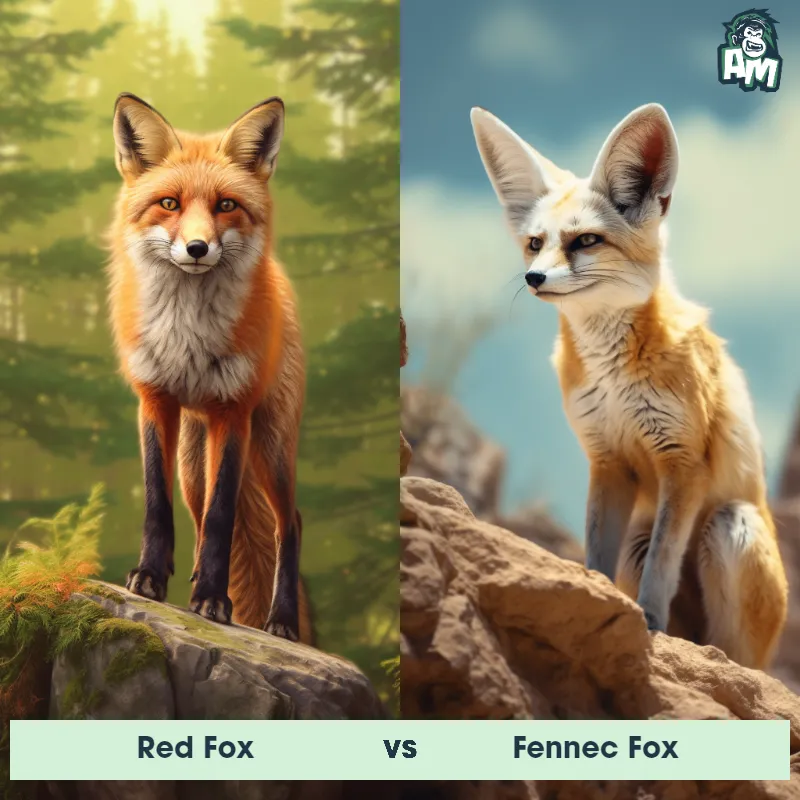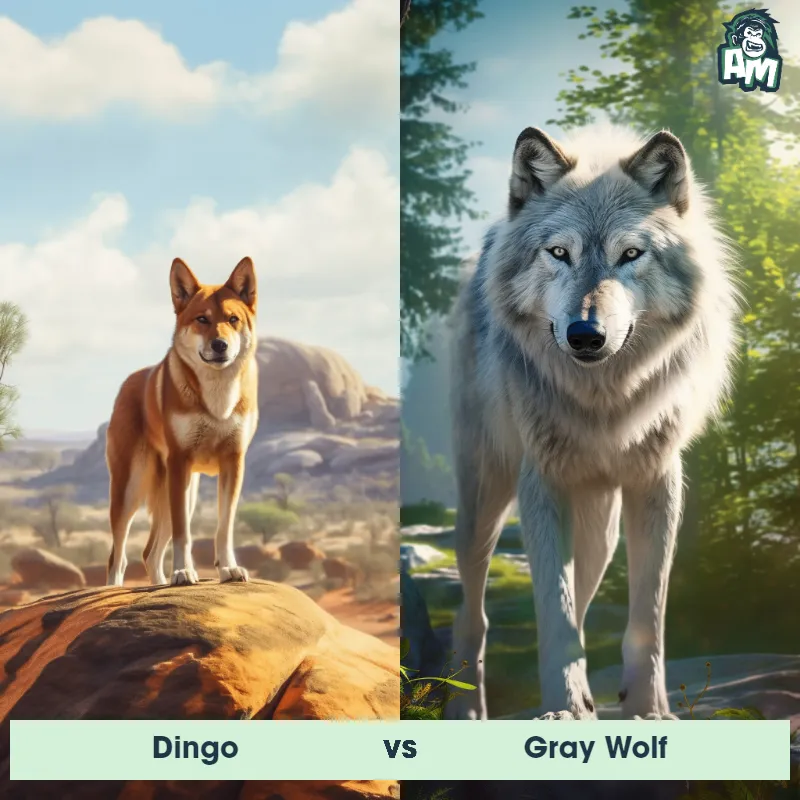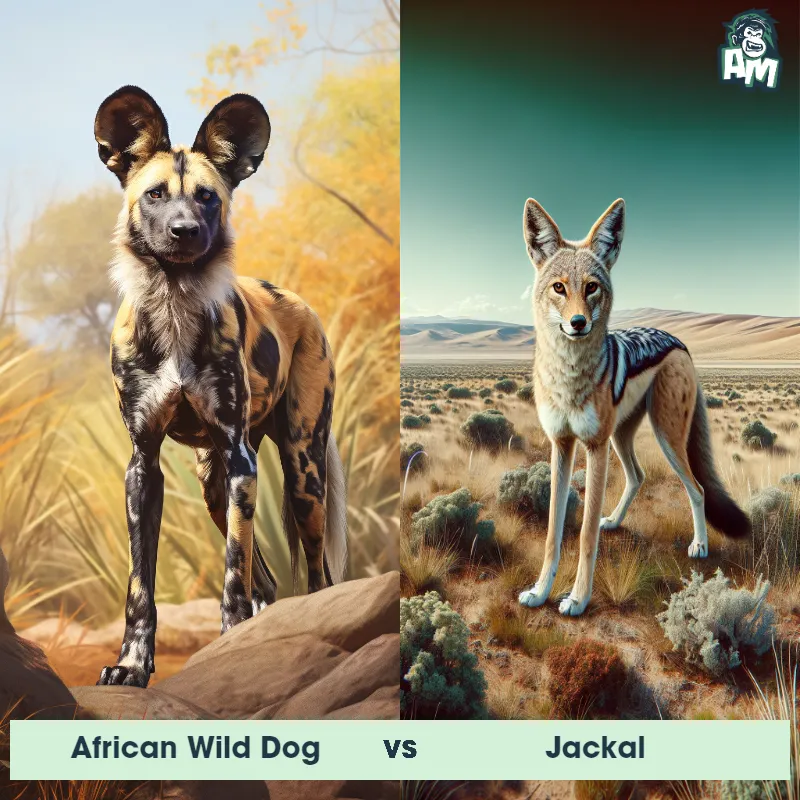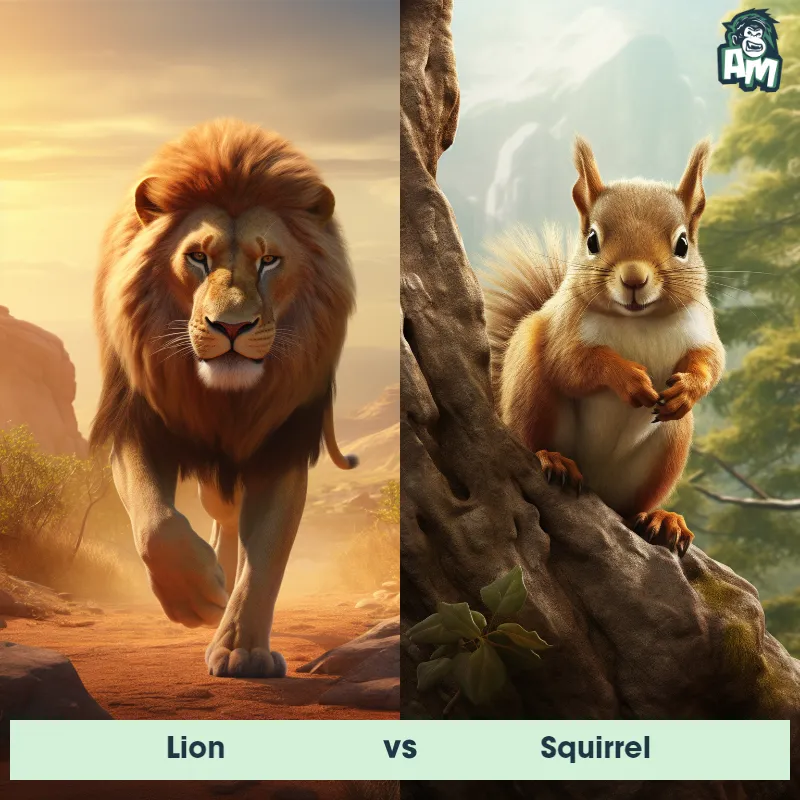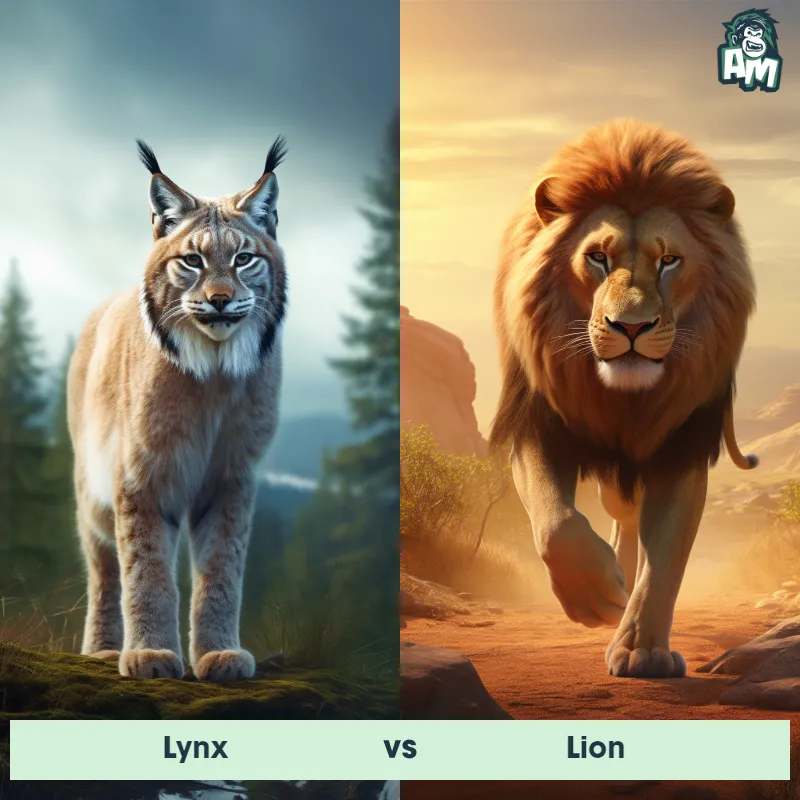Snow Leopard vs LionSee Who Wins

Ladies and gentlemen, boys and girls, welcome to this thrilling matchup between two of the fiercest predators in the animal kingdom! In the left corner, we have the agile and elusive Snow Leopard, known for its incredible speed and sharp claws. And in the right corner, we have the majestic and powerful Lion, renowned for its brute strength and dominant presence. It's time to witness nature's raw power in this three-round encounter. Let the battle begin!
Contender 1: Snow Leopard
The Snow Leopard, also known as the "Ghost of the Mountains," is a large cat native to the mountain ranges of Central and South Asia. They have a thick, grayish-white fur coat with black spots that helps them blend into their snowy habitat. Snow Leopards have powerful legs and can jump up to 50 feet in one leap. They are also known for their long, bushy tails that help them maintain balance while navigating steep terrain.
Fun Fact: Snow Leopards are excellent climbers and can scale steep cliffs and rocky terrain with ease, thanks to their powerful legs and large paws that act like natural snowshoes.
Contender 2: Lion
The lion, often referred to as the 'king of the jungle,' is a large, powerfully built cat known for its tawny coat and, in males, a magnificent mane. They are native to Africa and a small region in western India. Adult male lions can weigh up to 420 pounds, while females, who are primarily responsible for hunting, are slightly smaller. Lions are social animals and live in groups called prides, which are usually composed of related females, their cubs, and a small number of adult males.
![[object Object] Gif](https://tenor.com/view/lion-yawning-yawn-tired-exhausted-gif-12230852.gif)
Fun Fact: Lions are the most socially inclined of all wild felids, most of which remain quite solitary in nature.
Matchup Stats
| Snow Leopard | Lion | |
|---|---|---|
| Size | 2-2.5 feet (60-75 cm) at the shoulder | 4.5 to 6.5 feet long (body length), 3.5 to 4 feet tall at the shoulder (1.4 to 2 meters long, 1 to 1.2 meters tall) |
| Weight | 60-120 pounds (27-54 kg) | Up to 420 pounds (190 kilograms) |
| Speed | Speed: 40 mph (64.37 km/hr) | 50mph (80km/h) |
| Key Strength | Powerful legs and sharp claws | Powerful build, strong jaws, sharp claws |
| Biggest Weakness | Vulnerable to larger predators | Less agile compared to other big cats, dependent on strength and power |
Current Votes
Snow Leopard vs Lion
See Who Wins
View More Matches
Looking For More?
Similar Matches
Scientific Stats
| Snow Leopard | Lion | |
|---|---|---|
| Scientific Name | Panthera uncia | Panthera leo |
| Family | Felidae | Felidae |
| Habitat | Mountain ranges | Grasslands, savannas, dense bush, and woodlands |
| Geography | Central and South Asia | Africa and a small region in western India |
| Diet | Mainly wild sheep and goats | Carnivorous, primarily large ungulates |
| Lifespan | 10 years - 12 years | 10 years - 14 years |
Key Differences between Snow Leopard and Lion
- Social behavior: Lions are incredibly social animals and live in prides, consisting of several related females, their young, and a few adult males. Snow leopards are more solitary, with only mothers raising their cubs.
- Conservation status: Snow leopards are considered endangered due to habitat loss and poaching, with only around 4,000-6,500 remaining in the wild. Lions are listed as vulnerable, with a population decline primarily resulting from habitat loss, trophy hunting, and conflict with humans.
- Adaptations: Snow leopards have a longer tail, often exceeding their body length, which helps with balance on steep slopes and acts as an extra layer of warmth. Lions, on the other hand, have larger and more powerful forelimbs, suitable for capturing and bringing down large prey.
- Size: The lion is significantly larger than the snow leopard, with adult males weighing between 330-500 pounds, while snow leopards typically weigh between 60-120 pounds.
- Color and pattern: The lion has a distinct tawny or sandy color, with males having a mane around their necks, while the snow leopard has a beautiful grayish-blue coat with rosettes and spots for camouflage in mountainous regions.
- Habitat: Lions primarily inhabit the grasslands and savannas of Africa, whereas snow leopards inhabit the rugged and snowy mountainous regions of Central and South Asia.




